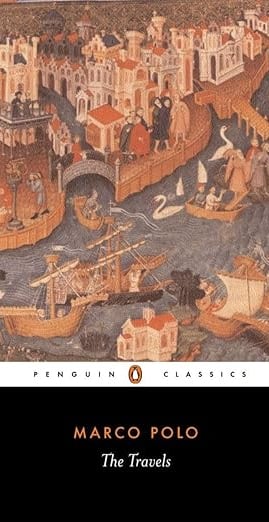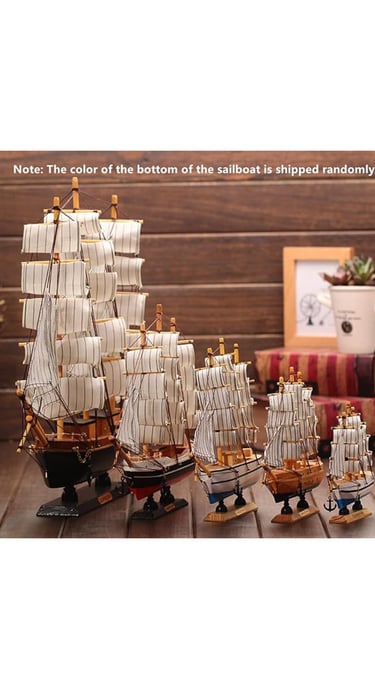Marco Polo: Bridging the East and the West
Discover the incredible journey of Marco Polo! From 15,000 miles of adventure to a legendary travelogue, witness the tales that shaped history and inspired generations. Check out our latest blog for a captivating story of exploration and discovery!
EXPLORATIONHISTORICAL FIGURES
Michael Keller
7/15/20249 min read
Marco Polo: Bridging the East and the West
Have you ever wondered what it would be like to traverse the unknown and chart new territories? Imagine embarking on a journey that would span 24 years, covering nearly 15,000 miles, and returning home with tales of exotic lands and incredible treasures. This is precisely the story of Marco Polo, a Venetian merchant whose travels in the 13th century captured the imagination of many and opened the Western world to the wonders of the East. "The world is a book, and those who do not travel read only a few pages," Marco Polo famously said, encapsulating the spirit of exploration that defined his life. [1] This week, sail along as we study the extraordinary travels of Marco Polo, exploring his adventures, the treasures he encountered, and the lasting impact of his journey across the world.
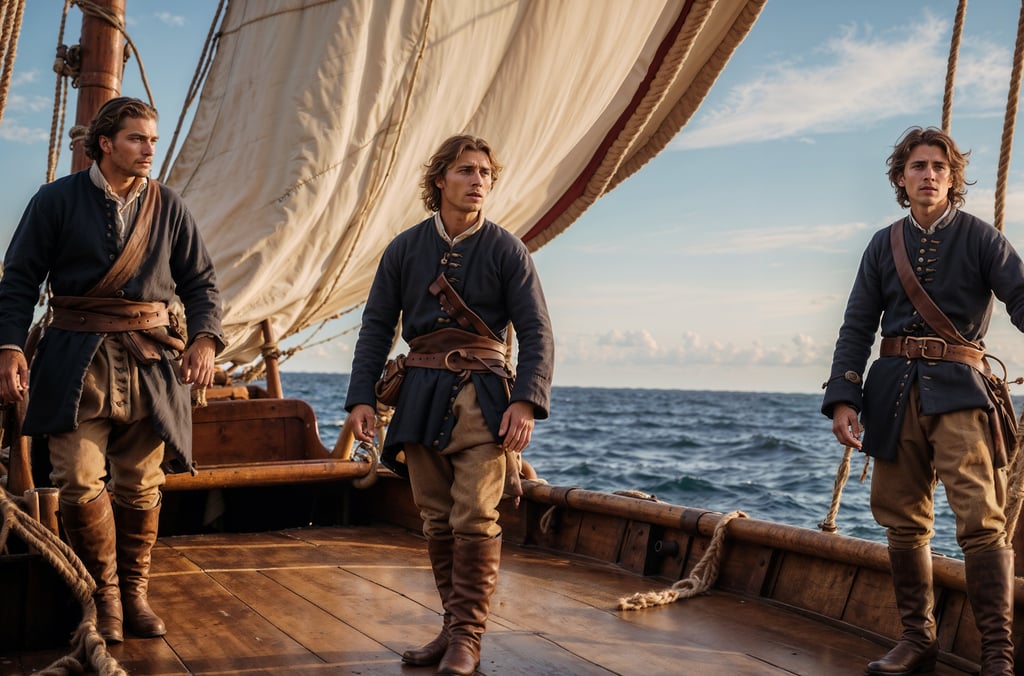

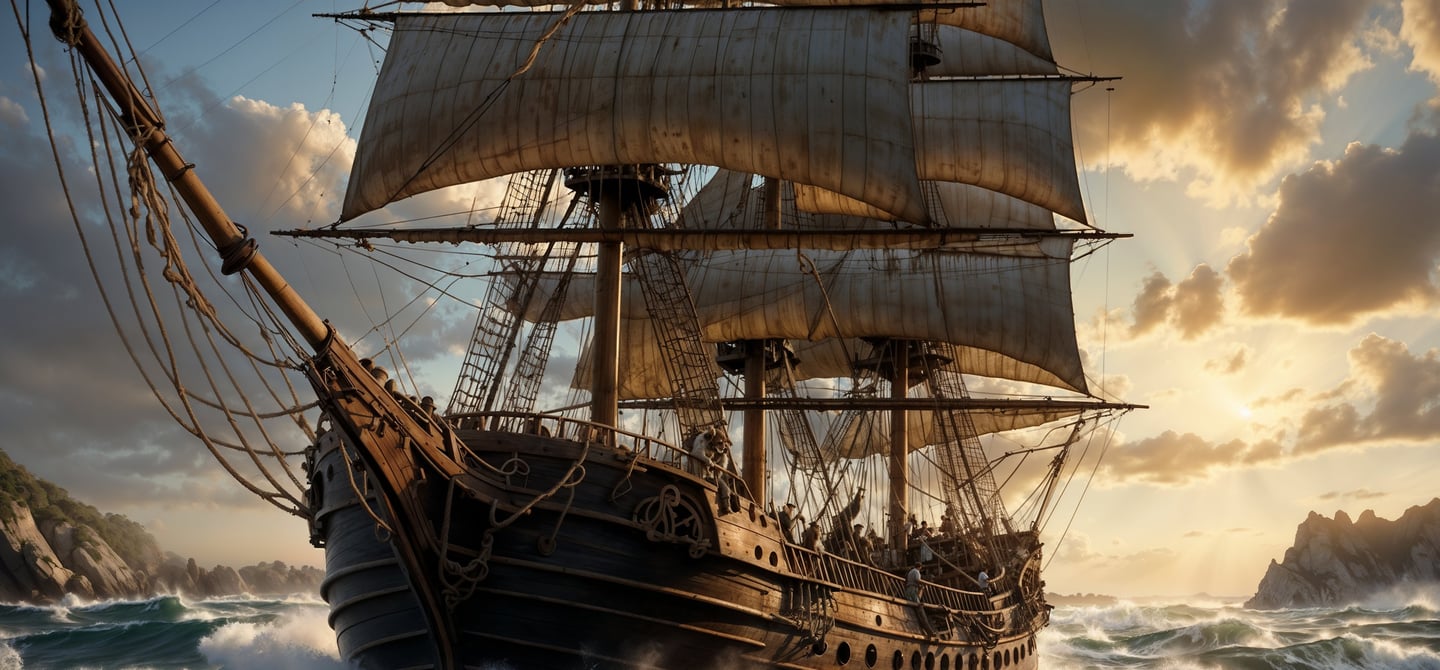

Departure from Venice
In 1271, Marco Polo set off from Venice, accompanied by his father, Niccolò, and his uncle, Maffeo. This journey would take them across Asia, Persia, China, and Indonesia, in an era when long-distance travel was fraught with peril. Their voyage began with a clear purpose: to establish trade links with the Mongol Empire, which was then ruled by the great Kublai Khan. [2] The Polos were not the first Europeans to visit the Mongol court, but their journey would prove to be the most influential. [3]
Their departure marked the beginning of an odyssey that would last 24 years, a period of approximately 9,000 days. The Polos traveled through treacherous terrains, across deserts and mountains, and through regions that were often hostile to outsiders. Yet, their persistence and diplomatic skills allowed them to forge ahead.
A Journey through Asia, Persia, China, and Beyond
The Polos' journey took them to the heart of the Mongol Empire, where they were received by Kublai Khan himself. Marco Polo quickly gained the trust of the Khan, (an honorific meaning “King” or “Ruler”) who appointed him to various administrative positions within the
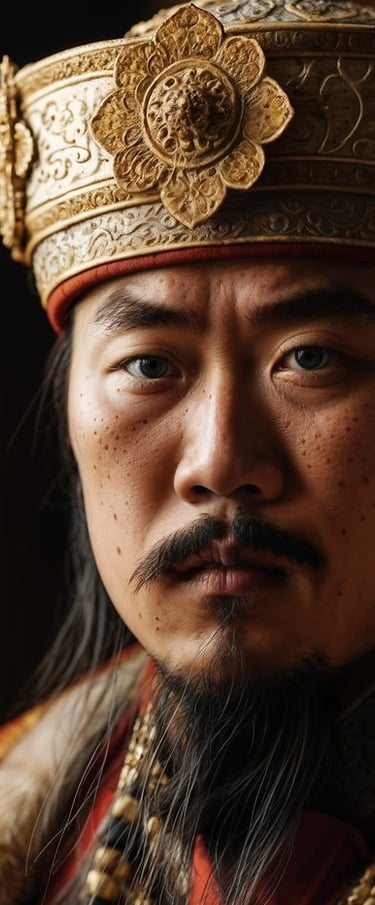

A Treasure Trove of Knowledge
Upon their return to Venice, Marco, Niccolò, and Maffeo Polo brought back not only physical treasures but also a wealth of knowledge that would profoundly impact European perceptions of the East. Their journey was a testament to their endurance and insatiable curiosity. They had traversed deserts and mountains, crossed cultural boundaries, and encountered civilizations that were vastly different from their own. From the bustling markets of Samarkand to the majestic palaces of the Mongol rulers, the Polos documented their experiences meticulously, providing a rare glimpse into the societies and landscapes of distant lands.
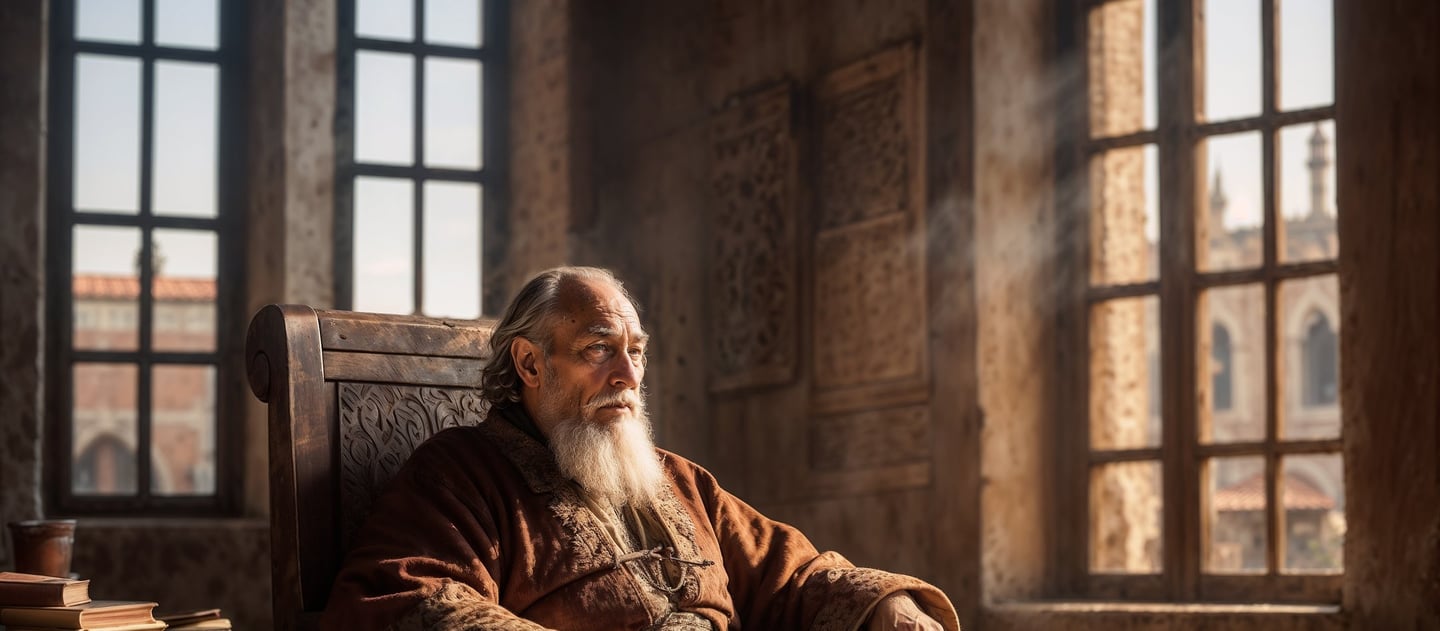

One of the most fascinating anecdotes from their travels revolves around the treasures they brought back to Venice. Among these were exotic spices like cloves, cinnamon, and pepper, which not only added flavor to European cuisine but also symbolized the wealth and exoticism of the East. [6] Precious stones such as rubies, sapphires, and jade adorned the Polo family, dazzling Venetian society with their beauty and rarity. [7] Intricate textiles woven with silk threads from China showcased the unparalleled craftsmanship of Asian artisans, becoming prized possessions among European nobility. [8]
These items were more than mere commodities; they represented a tangible connection to distant lands and cultures that were previously only myths or legends in Europe. The allure of these exotic goods sparked a renewed interest in trade and exploration among Europeans, eager to access the riches of Asia firsthand. The Polos' ability to bring back such treasures highlighted the potential for profitable trade routes and diplomatic exchanges with the East, shaping the course of European history and fostering a deeper global interconnectedness.
Imprisonment and Storytelling
In 1298, three years after returning to Venice, Marco Polo found himself imprisoned due to his involvement in a conflict between Venice and the rival Italian city-state of Genoa. Venice and Genoa were longstanding maritime rivals, vying for control over trade routes and dominance in the Mediterranean. This rivalry often escalated into conflicts over economic interests and territorial disputes, driving both cities to seek military supremacy in the region. [9]
While in prison, Marco met Rustichello of Pisa, a fellow inmate and a talented writer. It was during this time that Marco Polo recounted his incredible adventures to Rustichello, who meticulously documented them. Their collaboration would later result in the creation of The Travels of Marco Polo, a seminal work that introduced Europeans to the wonders and riches of Asia. Marco's vivid descriptions, combined with Rustichello's literary skills, captured the imaginations of readers across Europe, shaping perceptions of distant lands and inspiring future generations of explorers and merchants. [10]
The Travels of Marco Polo emerged as a pivotal travelogue in history, renowned for its captivating narratives of distant lands and unfamiliar customs. [11] Beyond its entertainment value, the book included meticulously detailed maps that significantly expanded European knowledge of Asia's geography and cultures. This combination of storytelling and cartography not only entertained readers but also inspired future explorers and merchants, shaping European perceptions and paving the way for further global exploration.


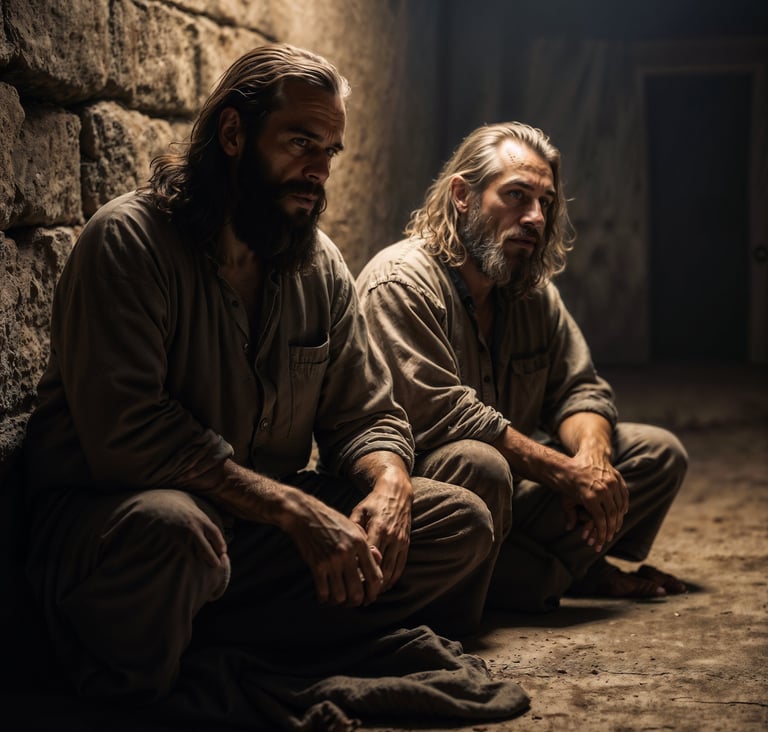

Marco Polo's Later Years
Marco Polo did not die in prison. After his imprisonment in Genoa, he was released and returned to Venice, through a series of circumstances that led to negotiations between Venice and Genoa. The exact details of his release are not extensively documented, but it likely involved diplomatic negotiations or a ransom paid by his family or the Venetian authorities.
He lived the remainder of his life in Venice, where he continued to recount his travels and experiences. Marco Polo passed away in January 1324 at the age of approximately 69. [9] His exact cause of death is not definitively known, but he died peacefully in Venice, leaving behind a legacy that would continue to inspire generations of explorers and historians. His stories and writings, including The Travels of Marco Polo, ensured that his adventures would be remembered and celebrated throughout history.
The Impact on Cartography
One of the lesser-known but significant impacts of Marco Polo's travels was on cartography. The detailed maps of Asia included in his book were revolutionary for the time. These maps, created from Marco's descriptions, provided a more accurate representation of the vast and varied landscapes of Asia. They depicted geographical features, trade routes, and cultural landmarks previously unknown to Europeans.
These detailed cartographic insights not only fueled European curiosity about distant lands but also provided practical navigational tools for future explorers and traders. Navigators like Christopher Columbus, Vasco da Gama, and Ferdinand Magellan relied on these maps to plan their own expeditions, further connecting continents and shaping the course of global history. Marco Polo's contribution to cartography thus extended far beyond his personal travels, leaving a lasting imprint on how Europeans perceived and interacted with the world beyond their borders. [10]
Reflections on Marco Polo's Impact
Marco Polo's journey was more than just an adventure; it was a voyage of discovery that bridged two worlds. His travels opened up new horizons for Europeans and laid the groundwork for future explorations. Through his travels, Marco Polo read many chapters and, in turn, shared them with the world, enriching our understanding of the diverse cultures and landscapes of Asia.
As we look back on the travels of Marco Polo, we're reminded of the power of curiosity and the enduring human spirit of exploration. His story is a testament to the wonders that await those who dare to venture beyond the known and into the unknown.
We'd love to hear your thoughts on Marco Polo's incredible journey. What part of his travels intrigued you the most? Share your thoughts in the comments below or email us at contact@archivinghistory.com. We look forward to hearing from you!
Join, Archiving History as we journey through time! Want to stay-tuned for our next thrilling post? Subscribe!
Follow us on Facebook, Instagram, and TikTok for more engaging content, and a look at our reels, stories, and posts on the fascinating world of history. Just click here!
Source(s)
[1] Marco Polo, The Travels of Marco Polo, trans. Ronald Latham (New York: Penguin Books, 1958), 35.
[2] Robert Finlay, The Pilgrim Art: Cultures of Porcelain in World History (Berkeley: University of California Press, 2010), 145.
[3] Kublai Khan, The Mongol Empire, ed. Amitai-Preiss Reuven (New York: Routledge, 2017), 123.
[4] Frances Wood, The Silk Road: Two Thousand Years in the Heart of Asia (Berkeley: University of California Press, 2002), 123.
[5] Marco Polo, The Travels of Marco Polo, 78.
[6] Thomas T. Allsen, Culture and Conquest in Mongol Eurasia (Cambridge: Cambridge University Press, 2001), 154.
[7] Igor de Rachewiltz, The Secret History of the Mongols (Leiden: Brill, 2004), 223.
[8] Marco Polo, The Travels of Marco Polo, 192.
[9] John Larner, Marco Polo and the Discovery of the World (New Haven: Yale University Press, 1999), 121.
[10] Marco Polo, The Travels of Marco Polo, 250.
[11] Paul Freedman, Out of the East: Spices and the Medieval Imagination (New Haven: Yale University Press, 2008), 123.
[12] Steven Epstein, Genoa and the Genoese, 958-1528 (Chapel Hill: University of North Carolina Press, 1996), 156.
[13] Marco Polo, The Travels of Marco Polo, 212.
Marco Polo was the most renowned traveler of his era. His adventures began in 1271 with a journey to China, where he served Kublai Khan on various diplomatic missions. Upon his return to the West, he was imprisoned and met Rustichello of Pisa, with whom he co-authored his famous book. His travel accounts offer a captivating look into the diverse societies he encountered, detailing their religions, customs, ceremonies, and lifestyles. He describes the spices and silks of the East, precious gems, exotic plants, and wild animals. His tales of the holy shoemaker, the wicked caliph, and the three kings bring a distant, bygone world to life with vivid detail and immediacy.
9.4" Wood Sailboat Model Decor Mini wooden handmade vintage Collection
1920 Marine Telescope Collectible Décor Nautical Spyglass Antique Mounted Solid Brass 15 Inch
Height approx 24cm/9.4in, Length approx 23cm/9in. Perfect size for tabletop or bookshelf display decors.
Telescope is 5.5 Inch in length and 15" when extended. The box size is (5cm x 5cm x 15cm) to store the telescope. Antique style High quality Telescope with beautiful case, beautiful gift for everyone. Magnification : 25X, Tube Length :15" inches, Material Used:: Solid Brass
Marco Polo was the most renowned traveler of his era. His adventures began in 1271 with a journey to China, where he served Kublai Khan on various diplomatic missions. Upon his return to the West, he was imprisoned and met Rustichello of Pisa, with whom he co-authored his famous book. His travel accounts offer a captivating look into the diverse societies he encountered, detailing their religions, customs, ceremonies, and lifestyles. He describes the spices and silks of the East, precious gems, exotic plants, and wild animals. His tales of the holy shoemaker, the wicked caliph, and the three kings bring a distant, bygone world to life with vivid detail and immediacy.
empire. [4] This provided Marco with unparalleled access to the inner workings of the Mongol court and the diverse cultures within the empire.
During their travels, the Polos encountered a multitude of marvels that would shape their perceptions and enrich their journey. They gaped in awe, at the grandeur of the Persian Empire, with its vast cities and intricate palaces that spoke of a rich cultural heritage. In China, they were astounded by the advanced infrastructure, from the Great Wall to the bustling cities that exemplified the country's economic prowess. Marco Polo, with his keen eye for detail, noted the sophisticated governance systems and the flourishing trade networks that spanned the empire. [5]
In addition to political and economic marvels, the Polos were immersed in the diverse cultural tapestry of Indonesia and other regions they visited. They encountered customs and traditions vastly different from those in Europe, gaining firsthand insights into the daily lives of people across Asia. These experiences not only broadened their understanding of the world but also fueled their curiosity to explore further. Marco Polo's vivid descriptions of these encounters provided Europeans with tantalizing glimpses into the exotic East and laid the groundwork for future explorations and cultural exchanges.



